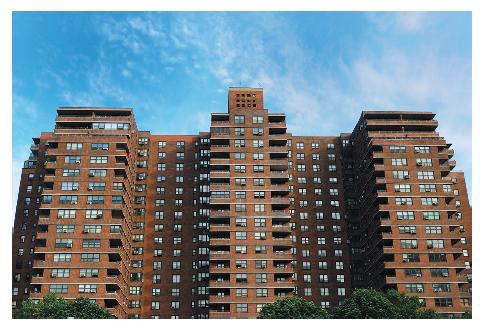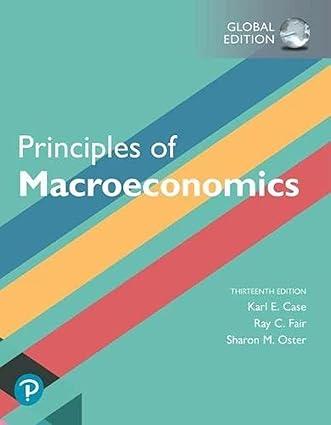It is well known that children who grow up in highpoverty areas on average end up as
Question:
It is well known that children who grow up in highpoverty areas on average end up as adults with lower educational attainments, poorer health, lower income levels, and a higher likelihood of being incarcerated at some point in their lives. To what extent are these results attributable to the neighborhoods in which these children grow up, and, relatedly, how much could they be changed by a locational change?
These are the very central policy questions posed by an experiment run by the U.S. Department of Housing and Urban Development in the mid-1990s and recently re-evaluated by a group of economists.1 The Moving to Opportunity program offered to randomly selected families living in high-poverty housing projects housing vouchers that they could use to move to lowerpoverty neighborhoods. The random granting of the vouchers was a direct attempt to avoid the selection bias problems found in earlier studies of housing and later outcomes. It is easy to see that if we simply look at life outcomes for children whose families move out of high-poverty areas to those who remain in those areas we will have serious selection bias issues. Moving families likely have more access to resources—perhaps ones we cannot observe—and perhaps more initiative or organizational ability than those who stay.
Those differences might well have an effect on their children’s outcomes independent of the gains from the move. By randomizing the voucher choice, HUD attempted to remove the choice element. Not all families offered the vouchers moved, so the researchers used the intention-to-treat methodology described in the text to control for the potential selection bias.
Early results from the experiment found little results on the economic well-being of moving families, though there were gains in mental and physical health. A longer-term, recently completed study by some of the same authors, which looked at tax data, found substantial effects on income levels of those children who were younger than 13 years of age when their families moved, with average gains of 31 percent higher incomes for the young movers.

Questions
Some of the same researchers whose work is described also did another study looking at the outcomes of households that moved versus those that did not in the general population. To control for selection bias, the researchers compared children of different ages within families to see how much more time in the better neighborhood influenced younger versus older children. How does this attenuate the selection bias issue?
Step by Step Answer:

Principles Of Macroeconomics
ISBN: 9781292303826
13th Global Edition
Authors: Karl E. Case,Ray C. Fair , Sharon E. Oster





